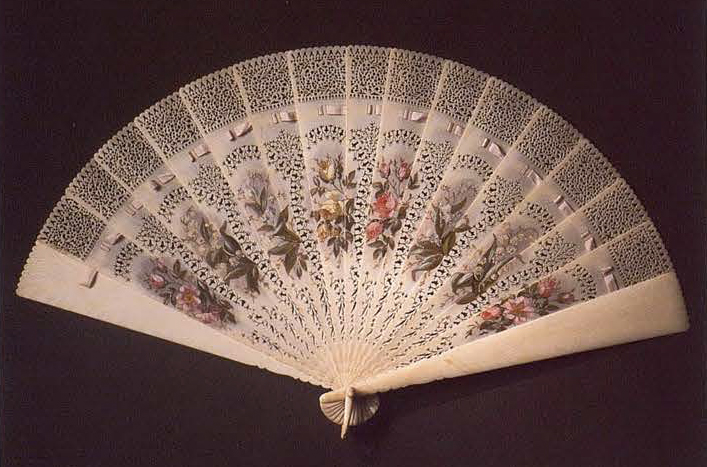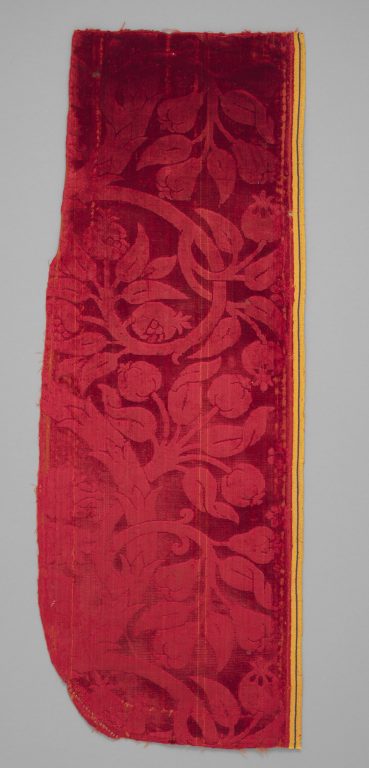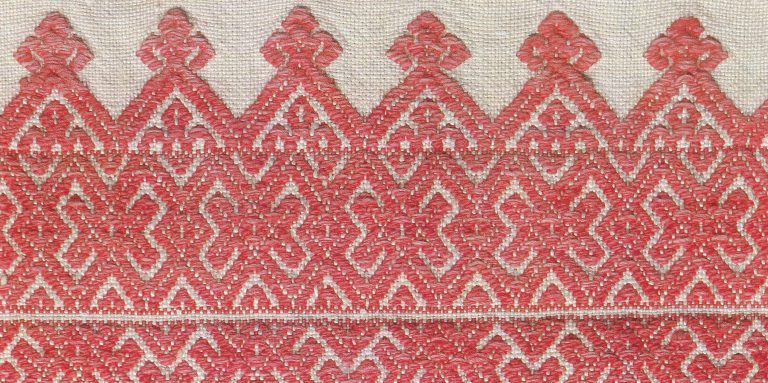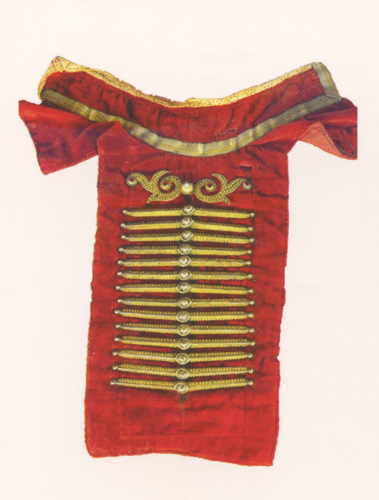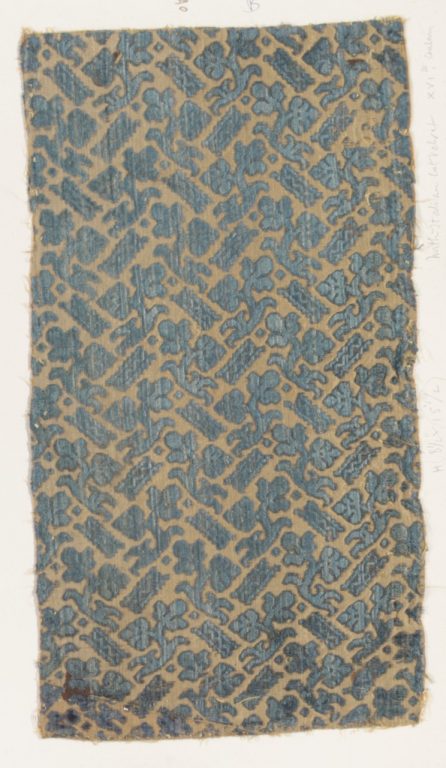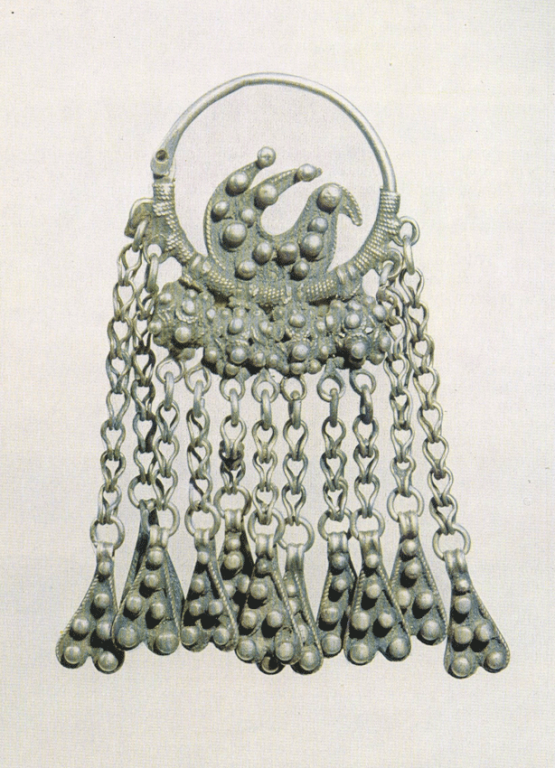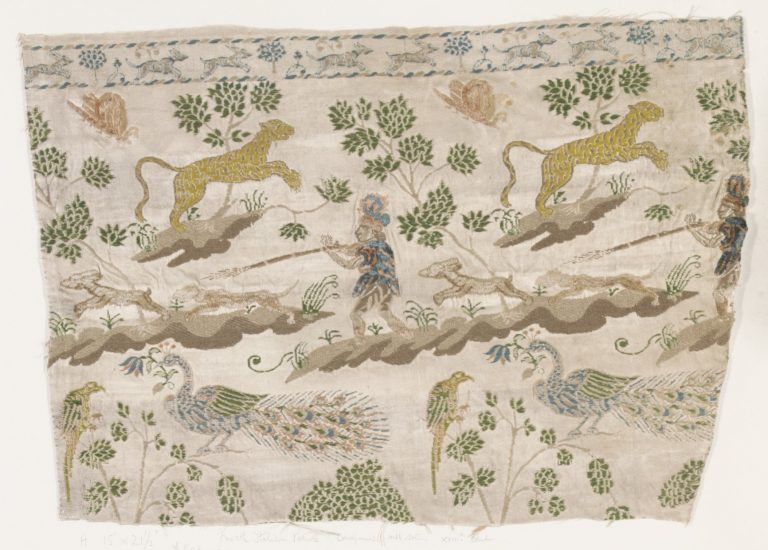

Iran
-
Object
-
Type of arts & crafts
-
MediumWool (warp, ground weft, and sumak weft); sumak extra-weft wrapping and border pattern in complementary weft weave
-
SizeH. 19 1/2 in. (49.5 cm) W. 19 1/2 in. (49.5 cm)
-
Geography detailsFrom
Shahsevan tribe district,
Iran -
Country today
-
Date19th century
-
Type of sourceDatabase “Metropolitan Museum of Art”
-
Fund that the source refers toMetropolitan Museum of Art
-
This face of half a double saddlebag (Khorjin), was made by a woman weaver from the Shahsevan tribe, whose name means “those who love the king,”. The historical migratory range of these Turkic nomads reaches from the southwest shores of the Caspian Sea to the southern part of Transcaucasia. Art historians have identified Shahsevan weavings, including a variety of small-format bags, only in the past half century.
Many Shahsevan weavings from the nineteenth and twentieth centuries, especially those with centralized geometric designs, such as seen here, show a striking relationship with Anatolian carpets from the fifteenth and sixteenth centuries. Many of the motifs found on Shahsevan textiles are thought to be centuries-old tribal emblems, a symbolic language that today we are frequently unable to decipher.



